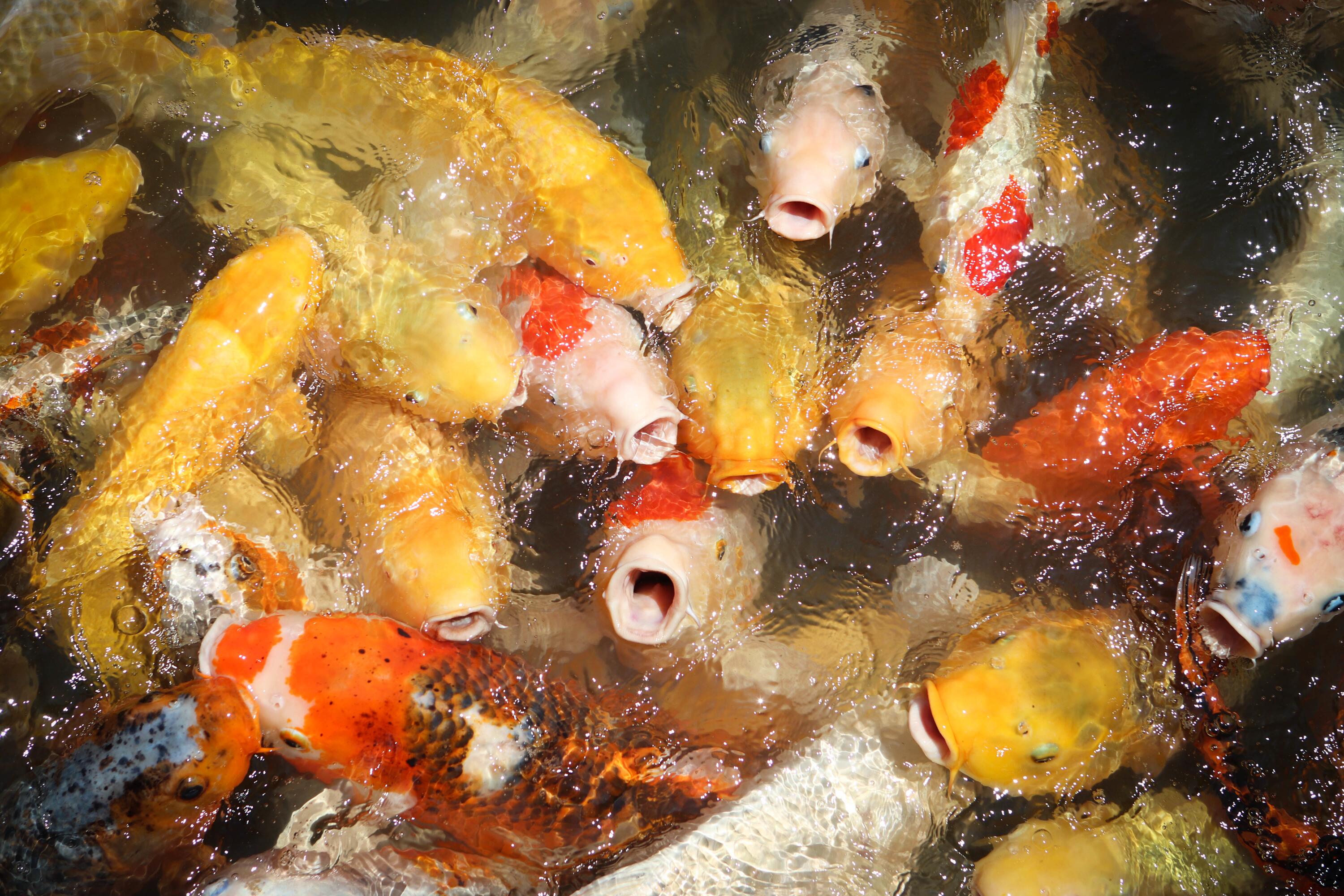
We had ordered western style breakfasts for the children, so they were offered coffee. The nice man must have seen our faces as he took pity on us and let us have coffee as well as our Japanese tea. It was epic. Both breakfasts were delicious and swiftly polished off.
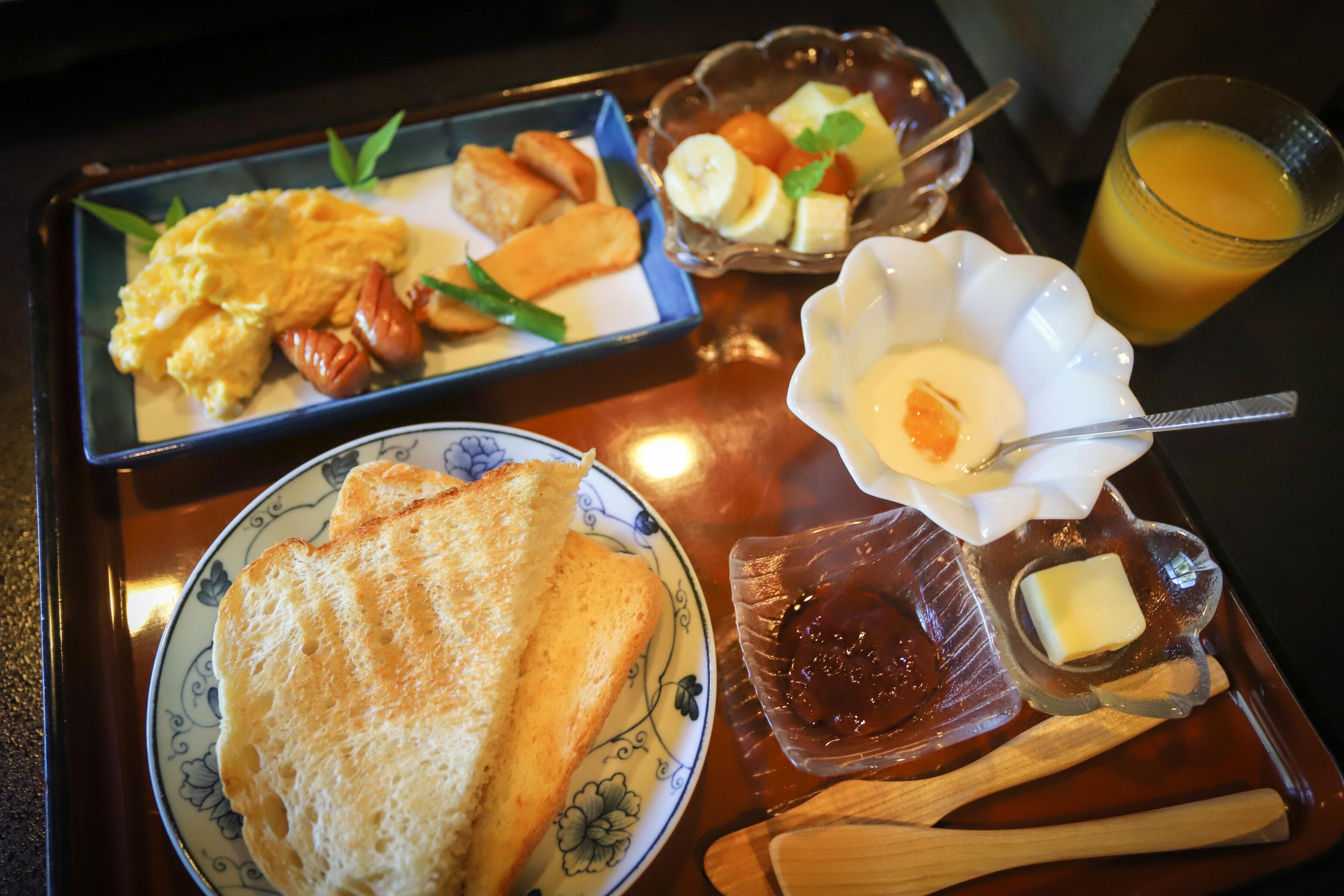
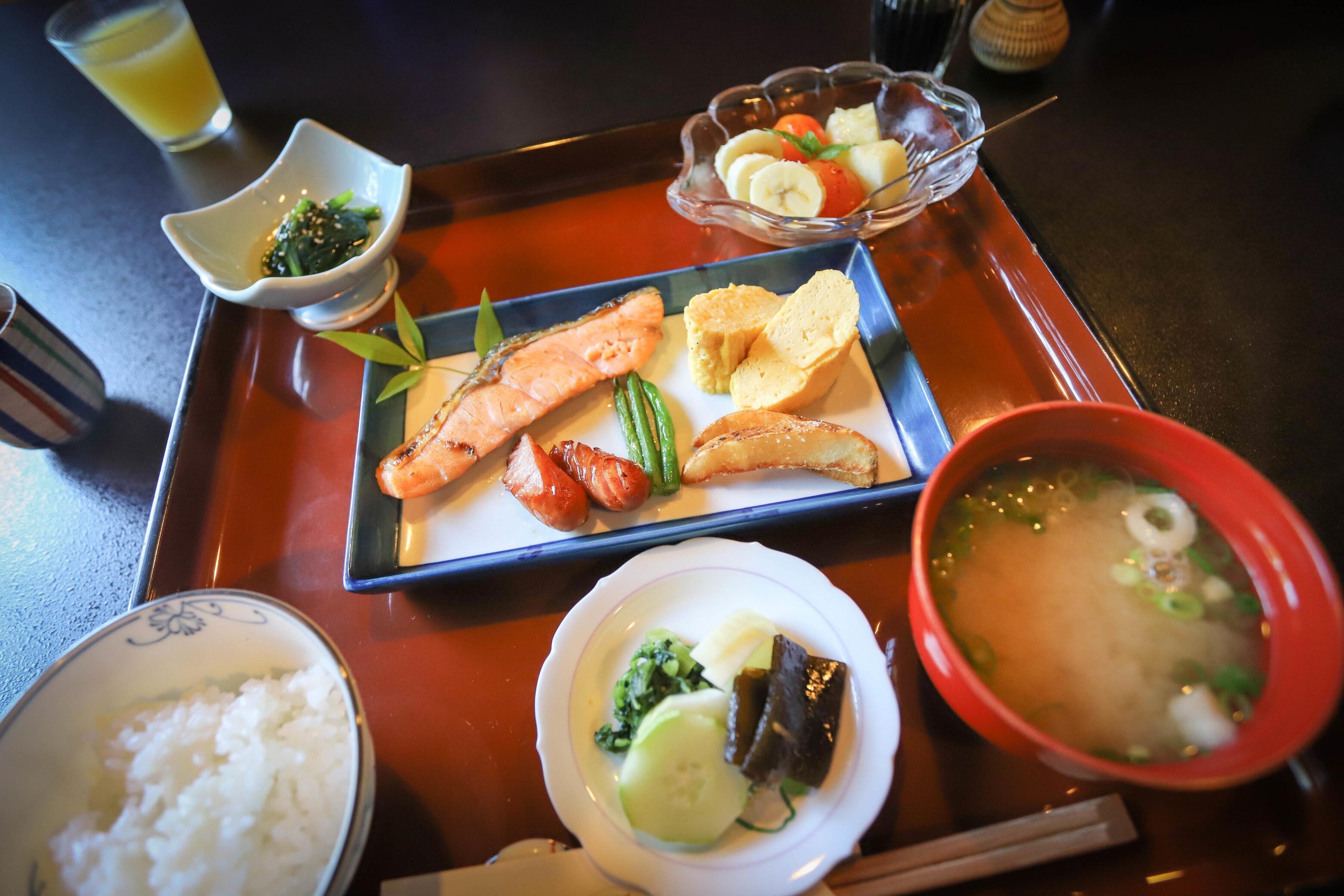
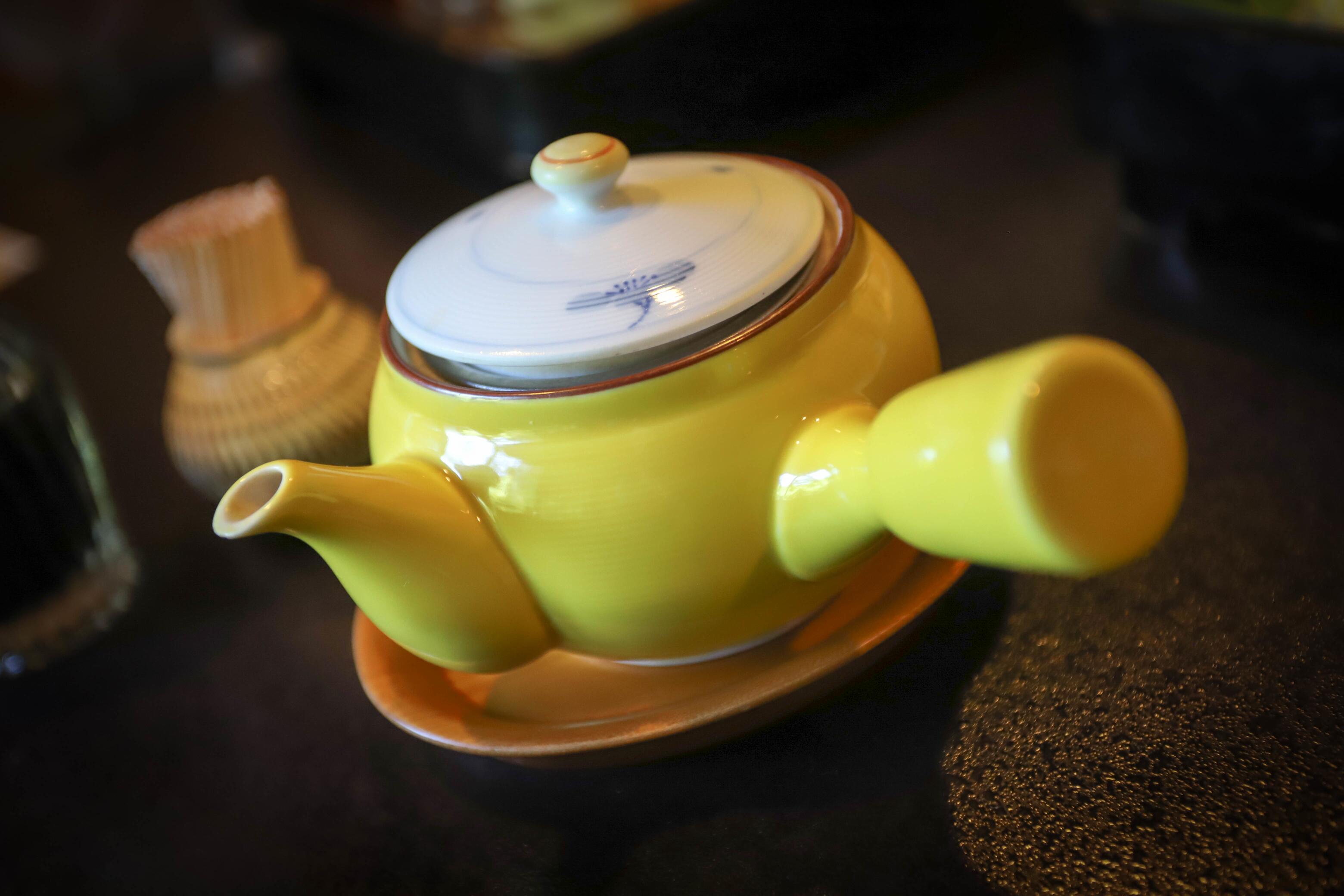
When we went back up to the room to get ready, Keith made a funny noise. He had unearthed a massive insect in the corner of the room and did not look happy. We sent the children downstairs wih a picture of it on Keith’s mobile to get reinforcements. The nice man appeared moments later with his bug removal equipment. First he squished it. Then he used tweezers to collect it and take it away. No drama so it must be normal. It was massive though – probably a cockroach, based on previous encounters in Florida.
The lovely, lovely bug removing expert then gave us a lift to the port to catch the fast ferry to Hiroshima Peace park. This saved us a 20 minute walk, sweatiness and much moaning. Lovely man.
We were in plenty of time and got to watch and count in the 19 motorbikes lining up to get on the normal ferry to the mainland. I didn’t fancy the leather but I did enjoy the small Japanese child counting them in.


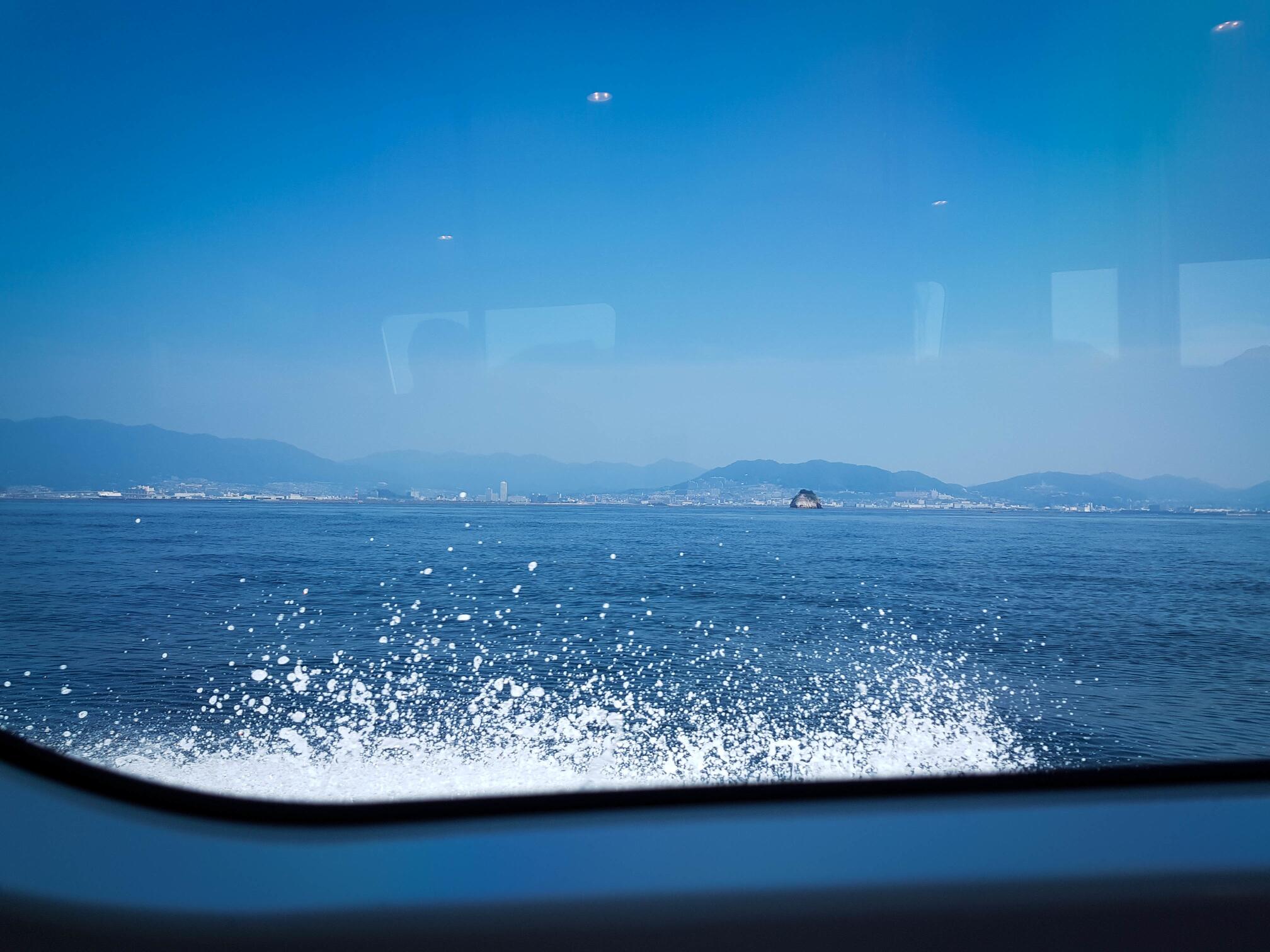
On yesterday’s ferry I spotted some rafts in the strait. Today’s ferry had useful information that popped up on the screen. They are oyster rafts and have ropes hanging underneath them to farm oysters. I wonder how much damage the tropical storm did to them last week? We saw at least one washed up on the beach.
The express ferry (well, large speed boat) had quite a turn of speed and on a mirror flat sea we went really fast. The bow lifted right up in the water and slammed into the bow waves from other boats with quite some force. It was Mila’s turn to be scared today and she hid for quite a lot of the journey.
We saw an emerging cormorant (who looked very surprised to see us) as we turned into the river and cruised up through the city to the Peace Park. Much of the information on the boat’s screen was now about the bridges we passed under and when they had been built or rebuilt.
What we were planning to do today started to become a bit more real first thing when our hosts were startled that we were taking the kids. I don’t think we could have come here and not seen it and we can’t pretend it didn’t happen and that the world is a nice place all the time.
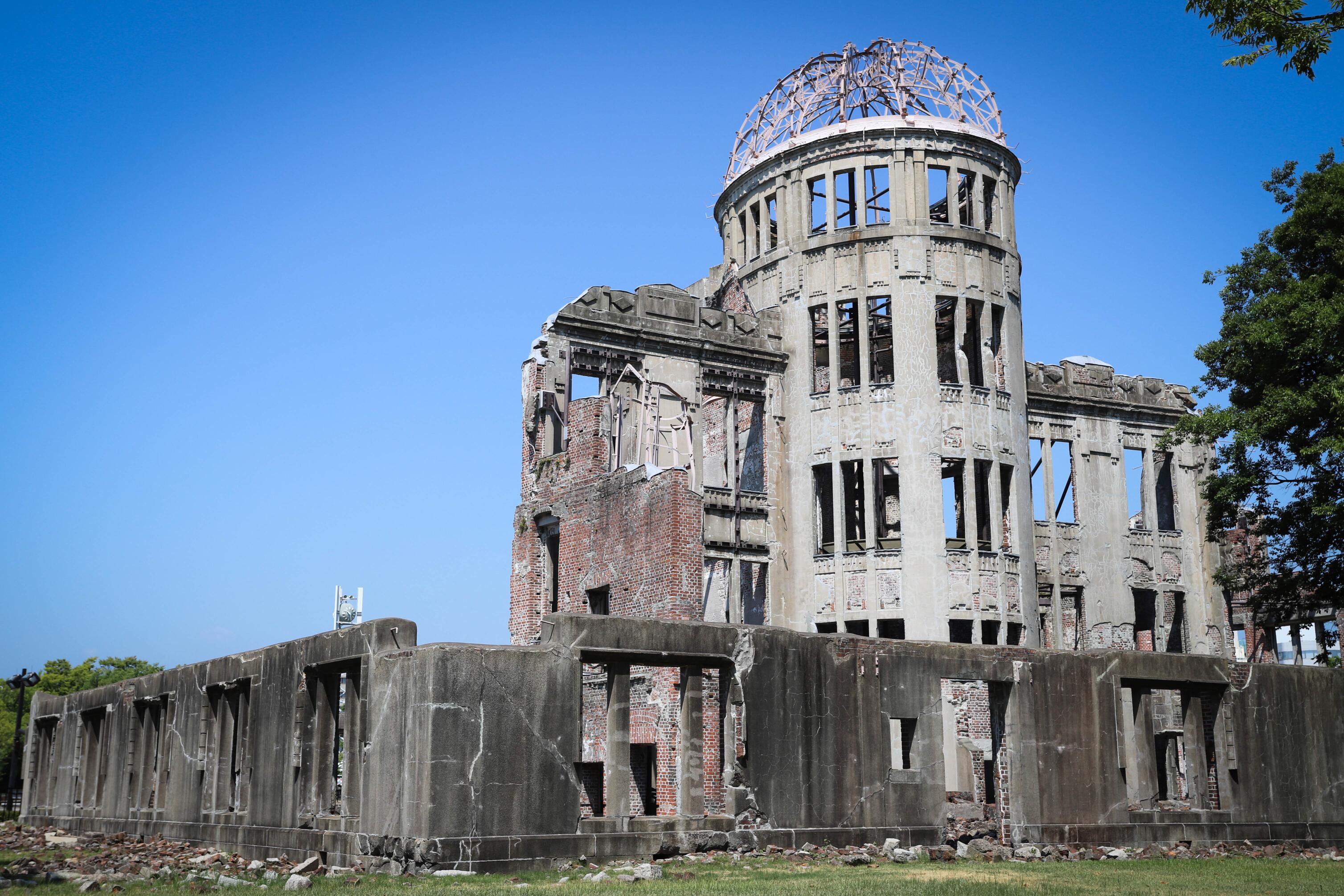
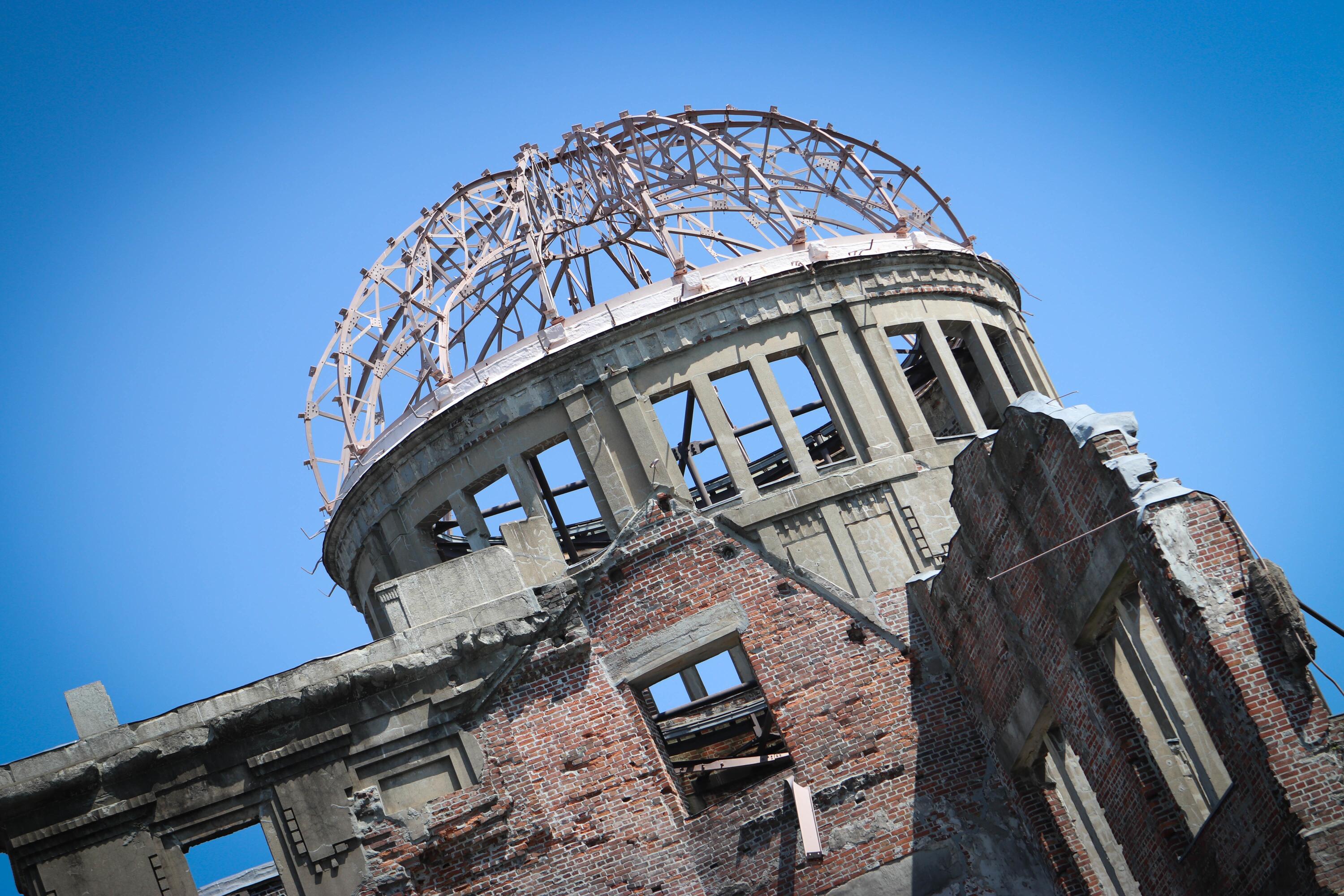
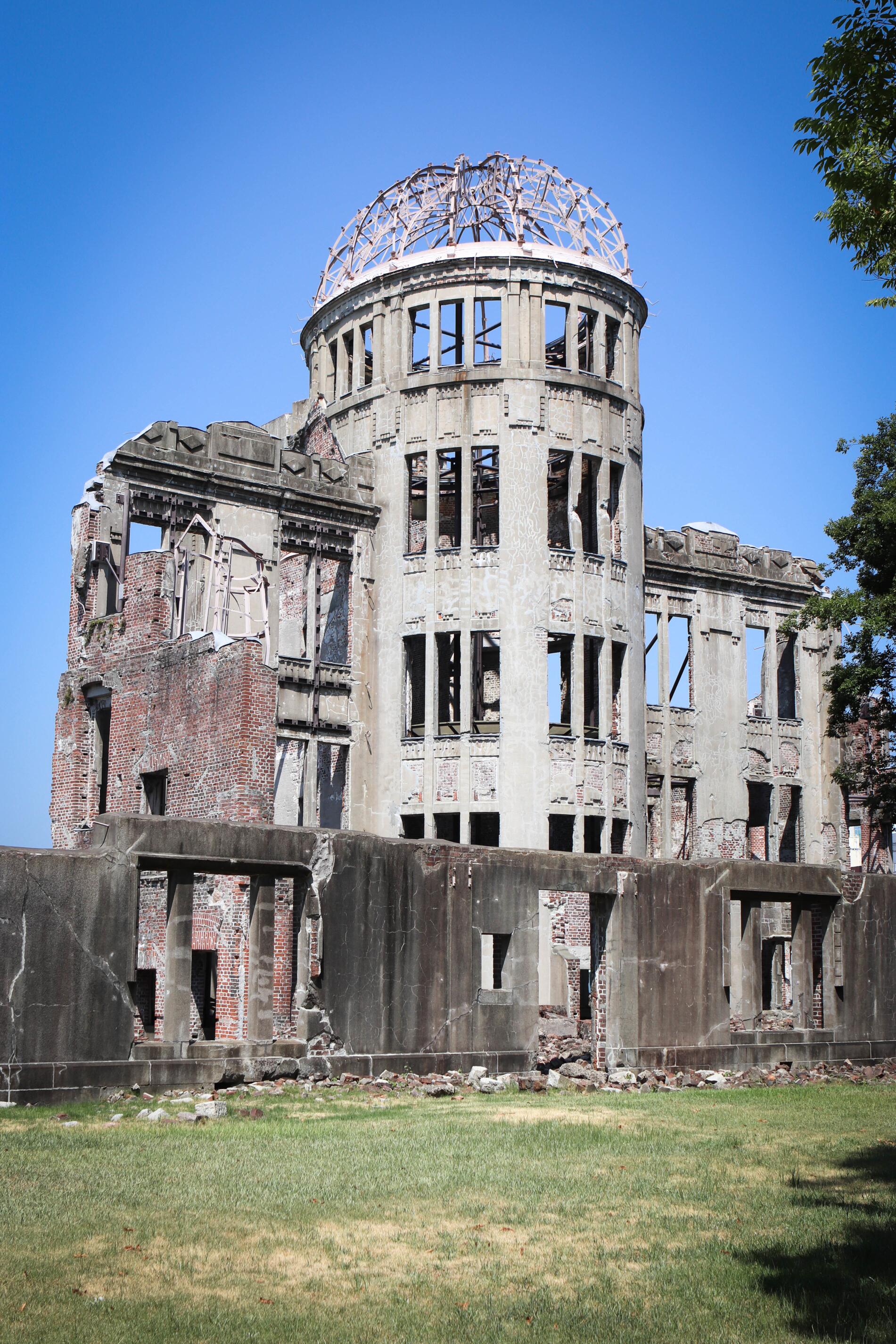
Our first stop when we got off the boat was the Atomic bomb dome. This is a building so close to the detonation that the force was downwards and not outwards, so the stone structure survived. It has been fitted with sub-structure to preserve it in this state as a reminder of the destruction.
Right next to this memorial was a man talking to some tourists. He had a hand cart with him full of folders in every language of his experience. He was an “in-utero survivor”, in other words his pregnant mother was in Hiroshima when the bomb was detonated. The folder detailed his health problems and his mother’s and his perspective on what had happened. I expected vitriol and anger. I didn’t expect to find out that there were 7 years of press suppression and that it wasn’t until Japan had their sovereignty back nearly 20 years later that survivors could expect financial and medical aid. I didn’t expect that he would feel no aggression towards the US or that we would fully recognise the impact of Japan’s behaviour in the Pacific. I didn’t know that 1,000 Japanese leaders were executed. I didn’t know that all of this happened because Japan was desperate for resources that they didn’t have.
A shocking introduction to this place and rightly so. We took a moment to reflect.
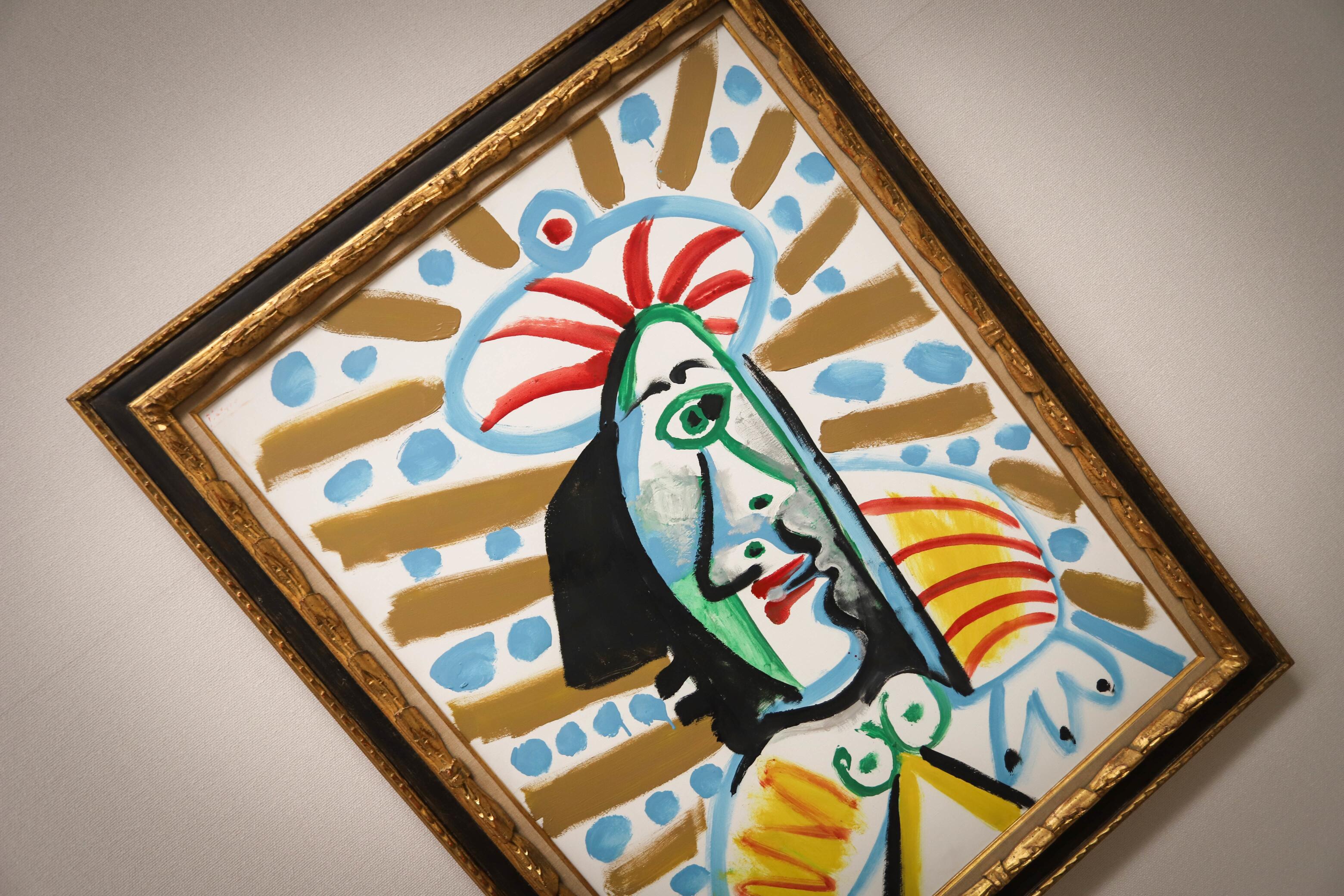
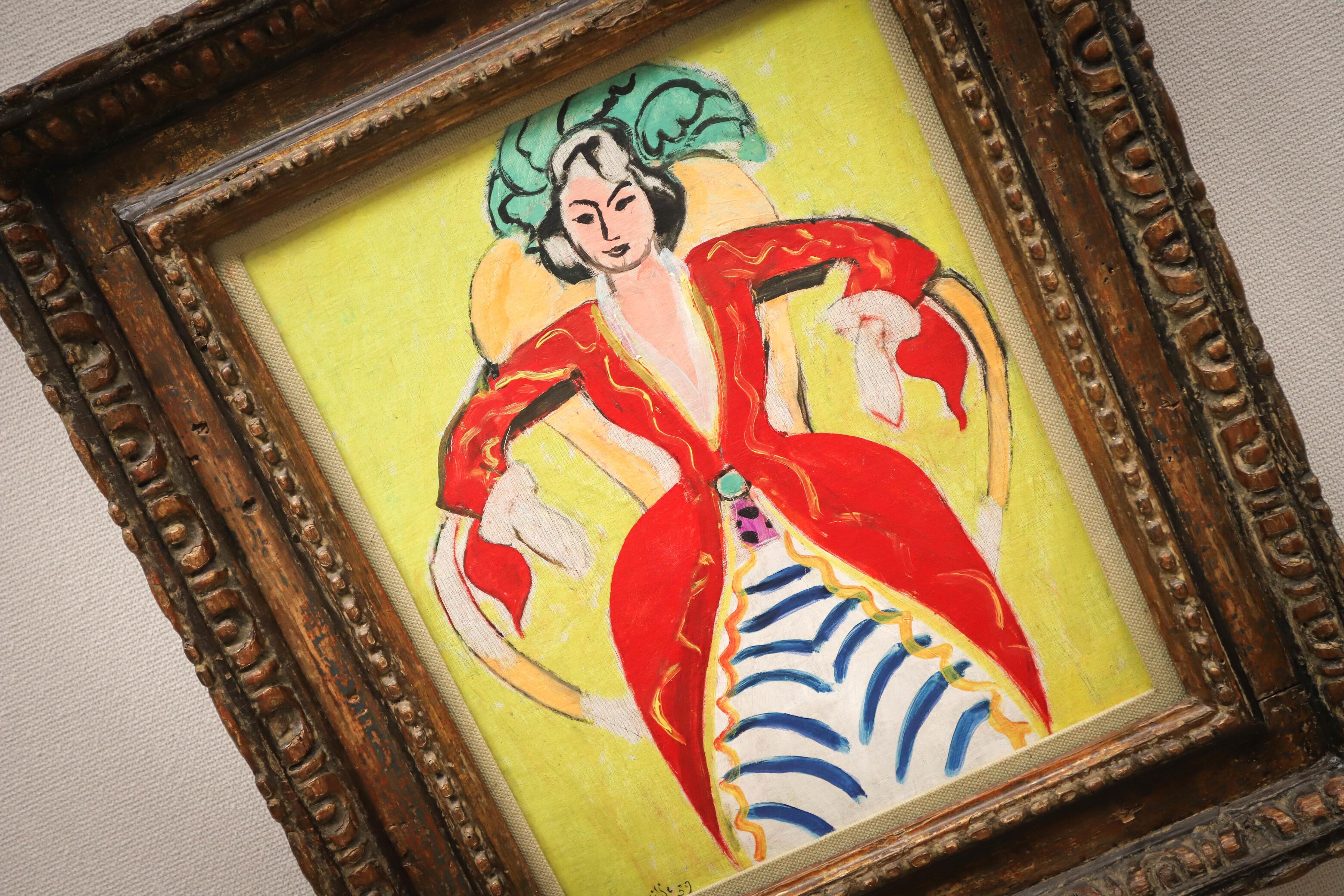
My godmother would have been proud of me today for dragging my family around two art galleries. I had no idea that European Renaissance art was so well represented in Japan. The artists listed below are some of the works we have seen today (minor it has to be said but still…).
Van Gogh, Signac, Seurat, Toulouse-Lautrec, Rosseau, Munch, Gaugin, Cezanne, Bombard, Le Sidaner, Matisse, Picasso, Leger, Monet, Manet, Delacroix, Courbett, Renoir, Degas.
Photos are Picasso and Matisse.
We decided that all tourist venues we visit from now on will be judged on the following criteria:
1) quality of air conditioning
2) number of places to sit
3) vouchers for money off in the cafe.
You will notice that content no longer features!! We are simple creatures. Anyway, today’s first gallery (Hiroshima Gallery of Art) scored very highly on all criteria and led us to partake of a sweet bun, some cherry cake, a cold chocolate milk and an elderflower soda. The only downside was the vicious, bruise causing toilet door. Photos tomorrow probably when it comes out in all of its splendour!
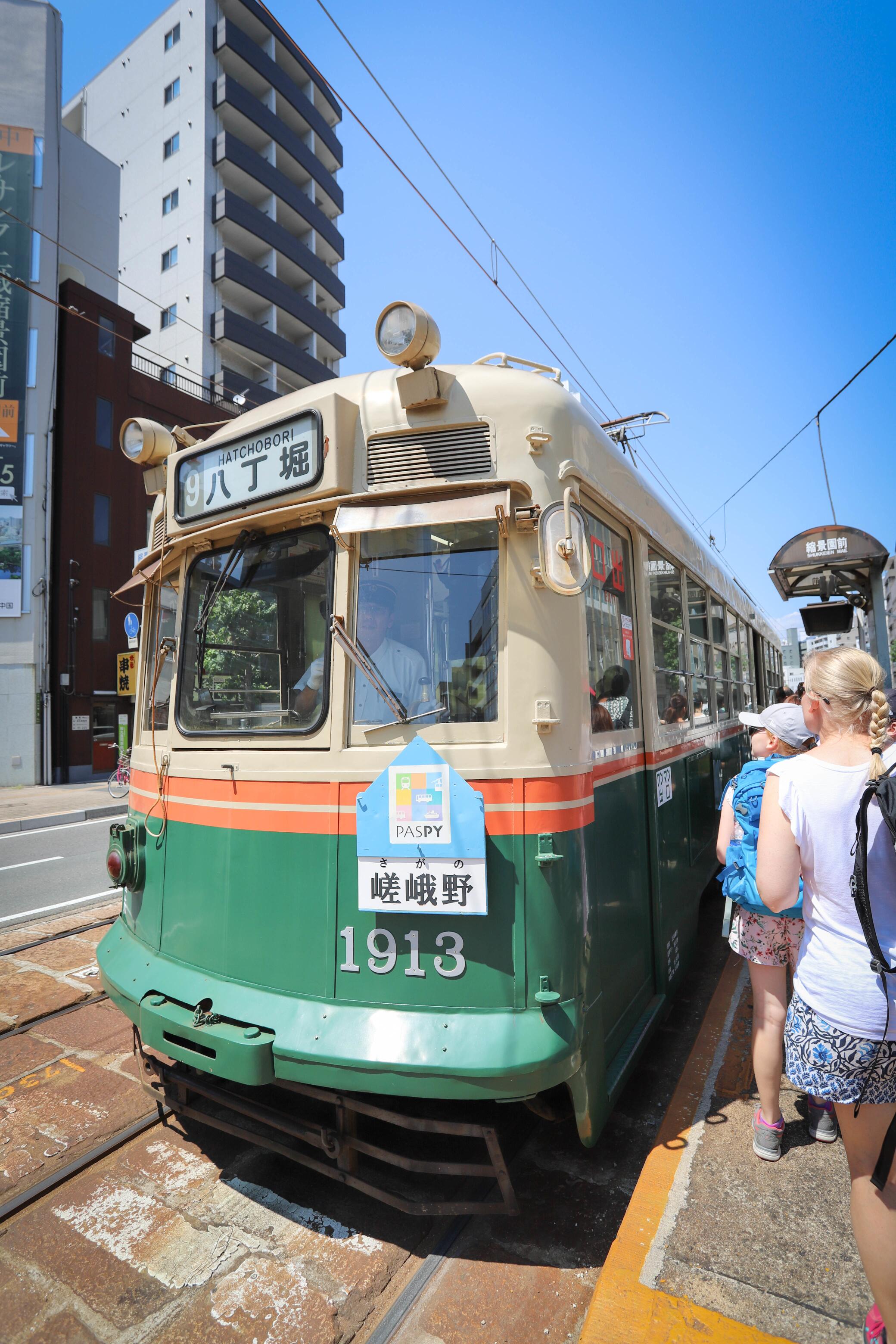
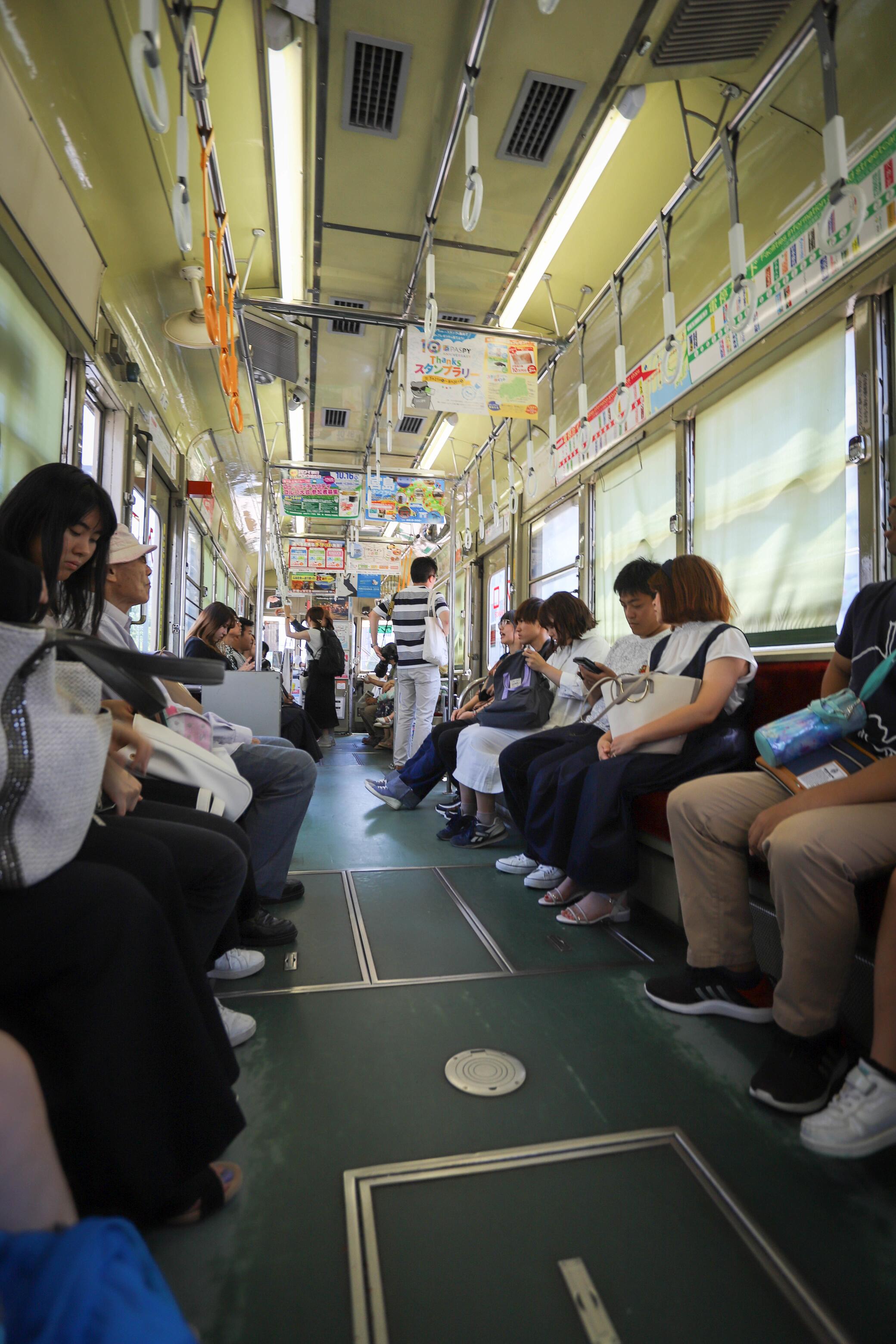
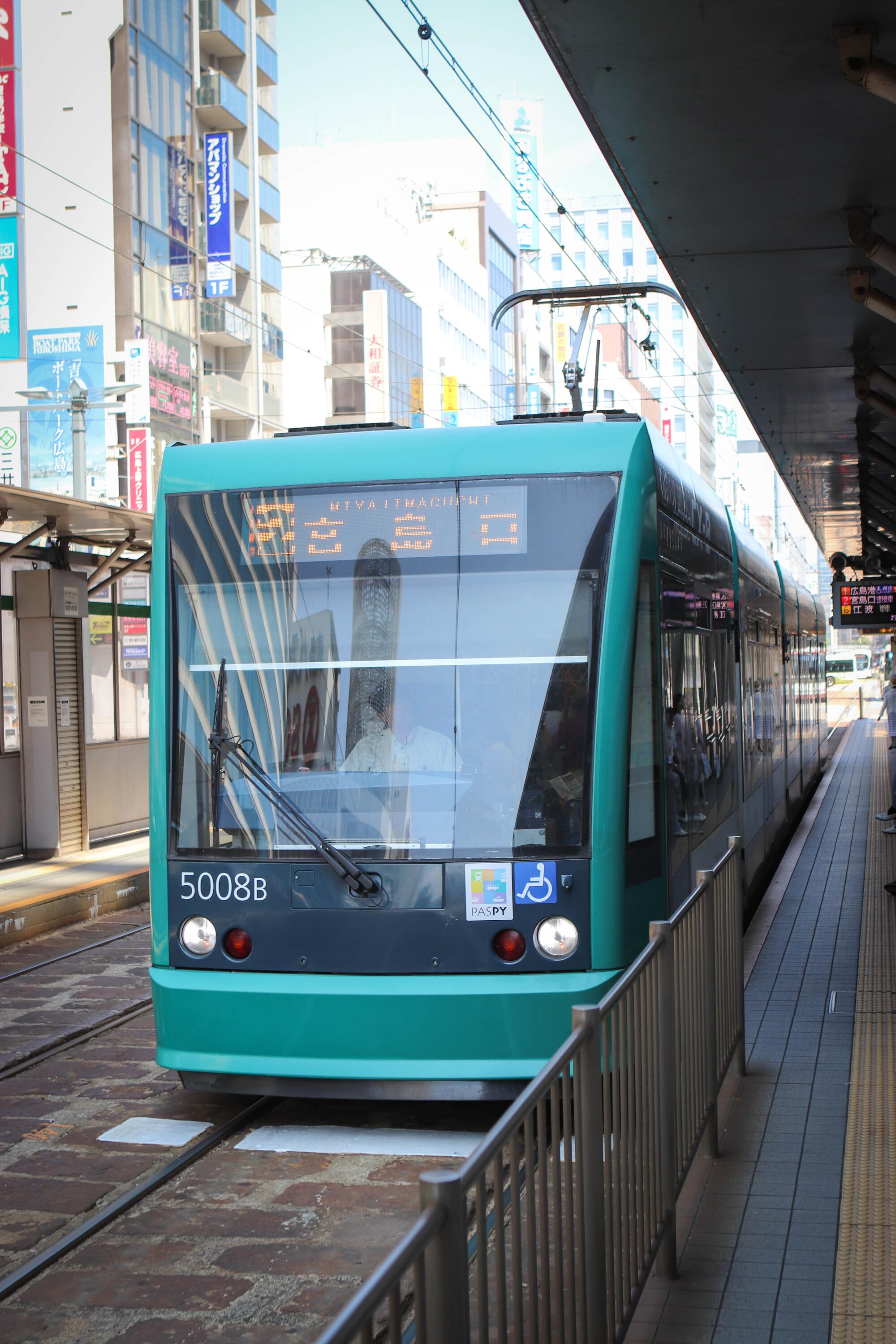
Our next stop was via the street cars. We had to negotiate being in the middle of the road to catch one, but once you had dodged the cars it was just like a bus. Again we could use our Pasmo cards to hop on and off.
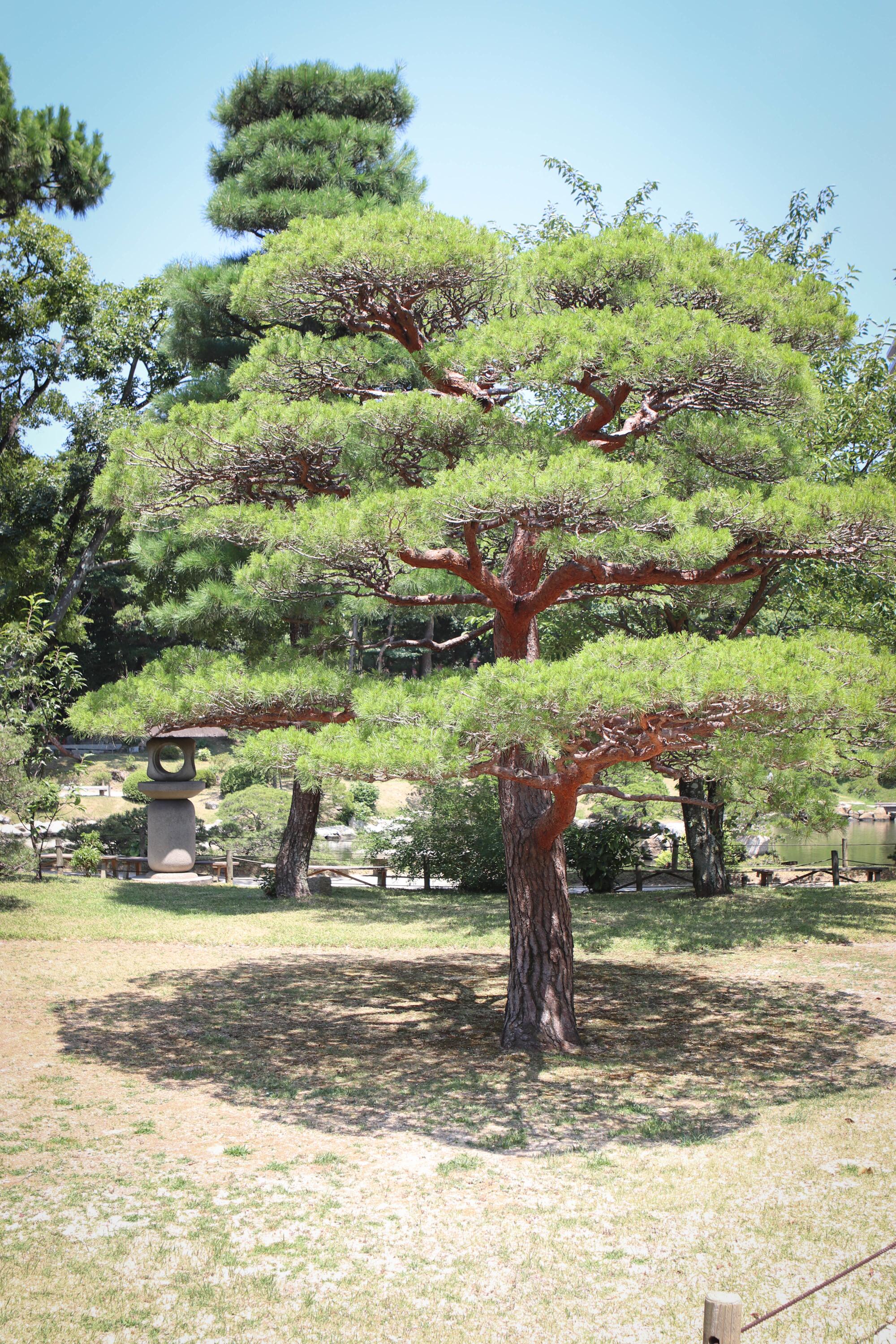
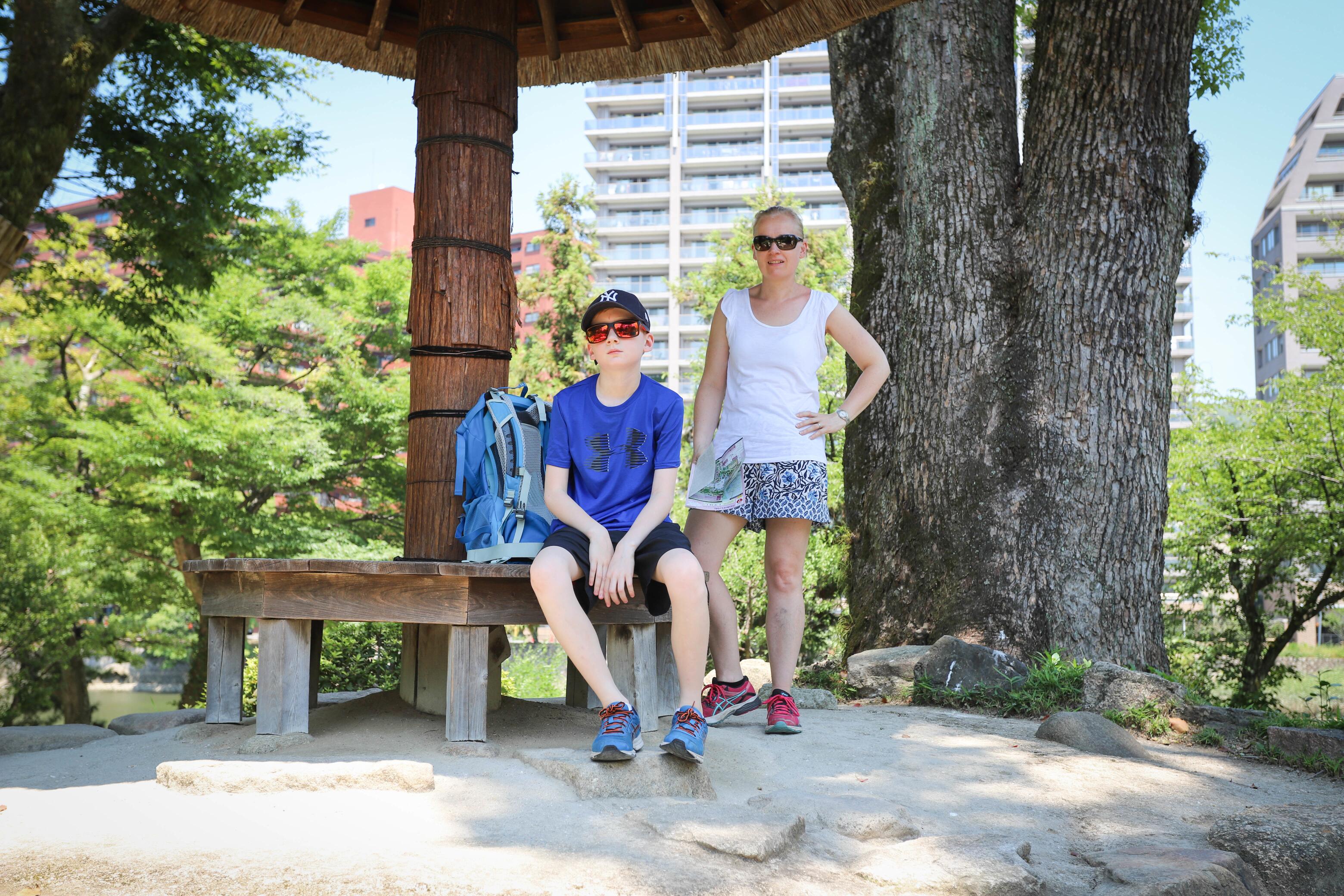

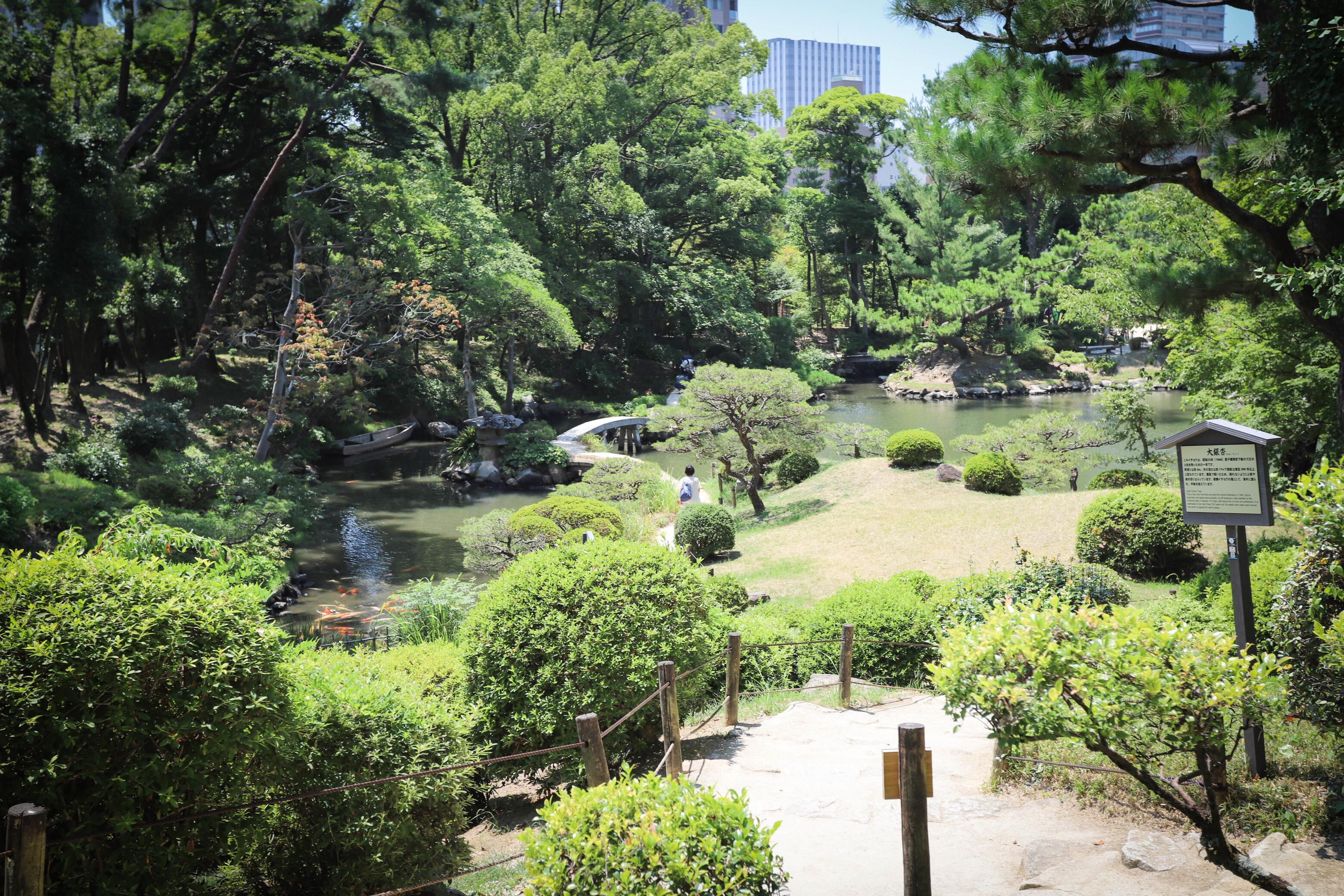

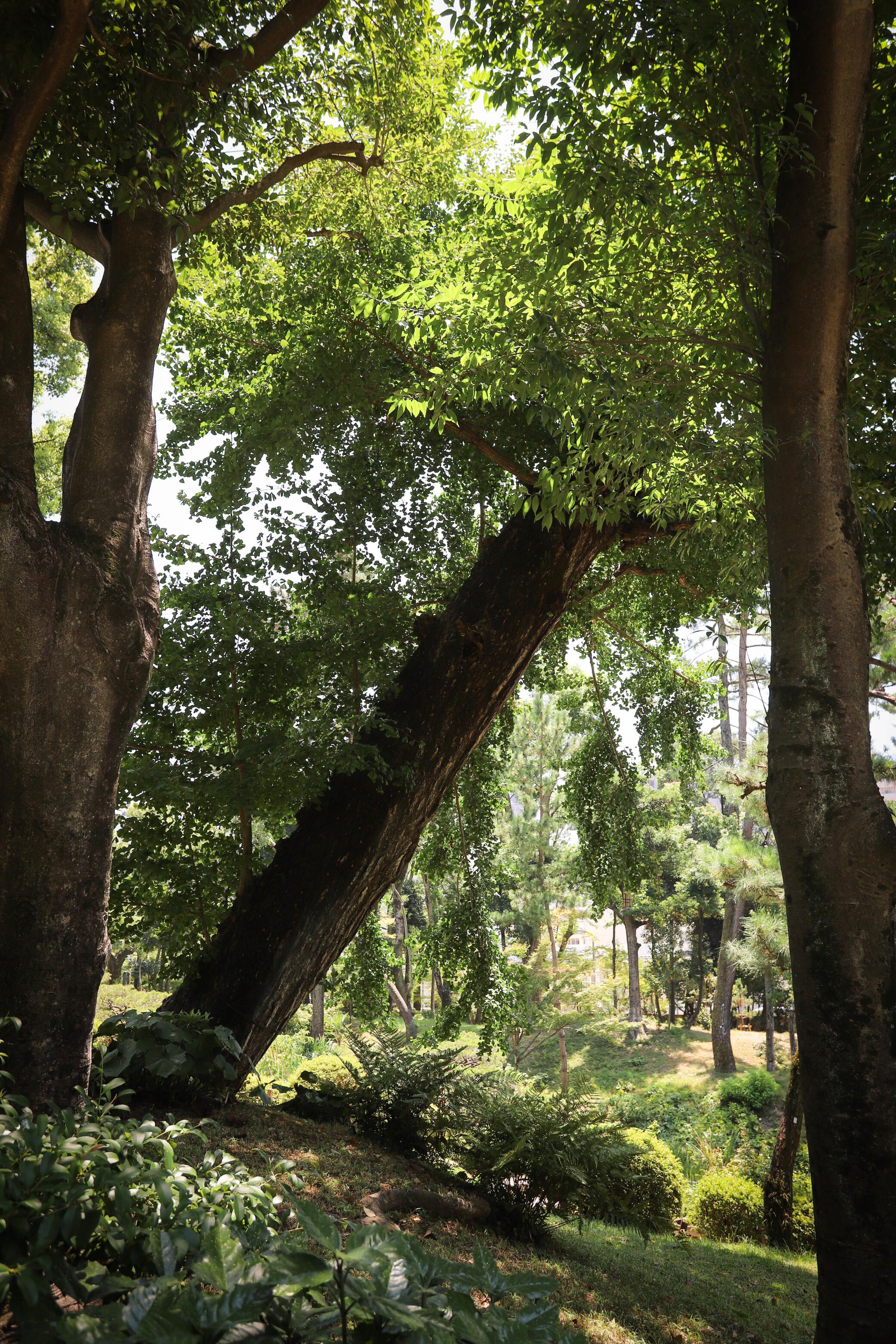

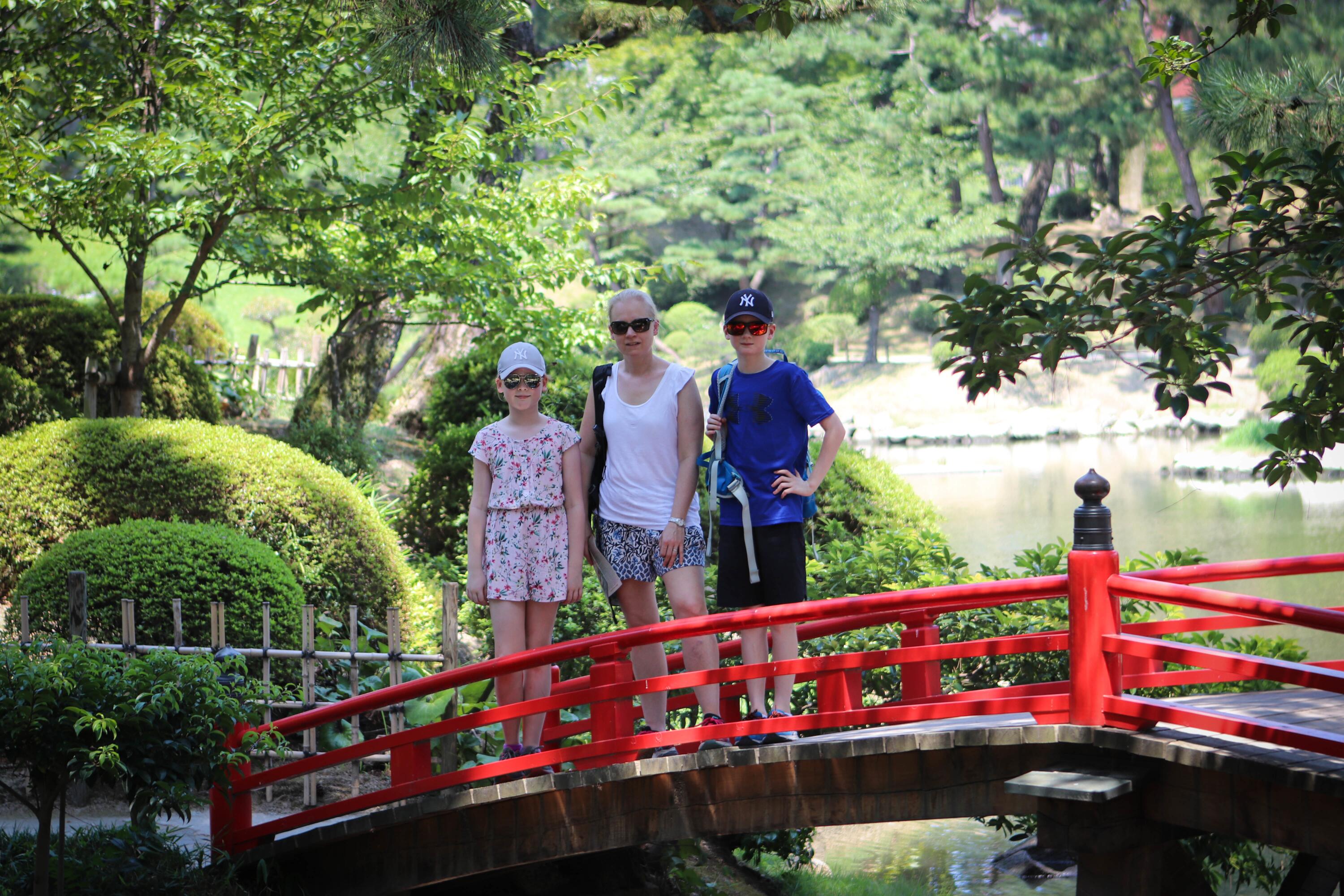

We made it to the Shuikeien Gardens surrounding the Prefectural Art Museum. They are beautiful and the ponds were full of enormous healthy looking carp and dinky terrapins. This is the park with the only tree that survived the atomic bomb. It’s seeds have been sent all around the world as envoys of peace. It now grows at an able of about 45 degrees due to the force of the bomb.
We managed to pick a different route through from the children, so when Keith sorted the photos that evening, it was to discover that Amelia had taken a number of pictures of a pigeon sitting on a bridge with a wide angle lens that made it tiny!
We came across a Japanese couple feeding the carp with the pellets sold in the park. The gentleman very kindly gave both kids a handful so that they could try and target the small, weak ones that kept being pushed out of the way by the big ones.
I felt we had exhausted the activity of watching fish (and none of the important criteria were being fulfilled) so we went into the Prefectural Art Museum. There was a special exhibition of children’s cartoons so it was heaving with toddlers queuing badly. We didn’t bother with that bit and just went around the standard exhibition.

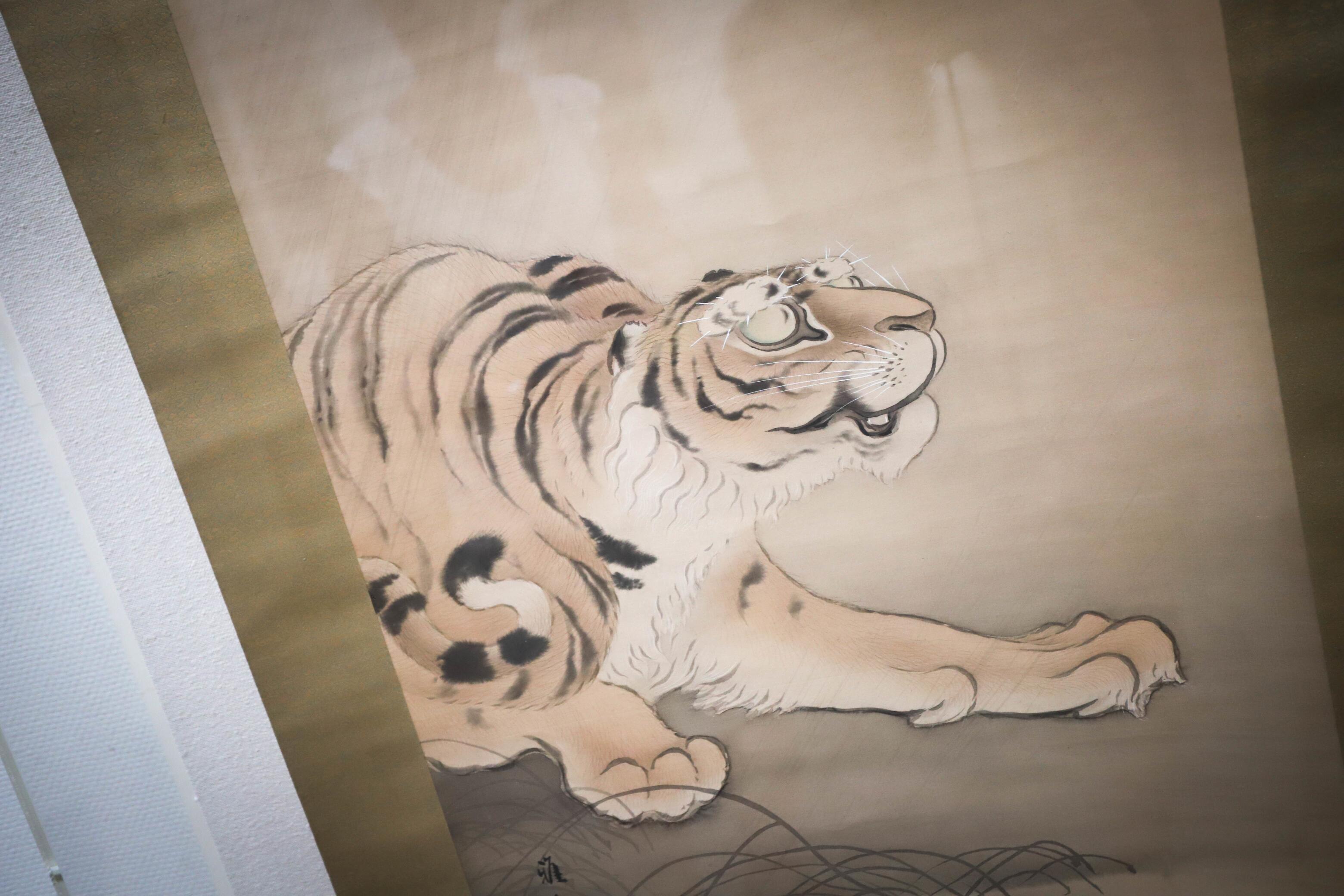

We particularly liked the enormous Dali and the Hashimoto: dragon and tiger in quarrel! As you can see Danny couldn’t keep his hands off what is, we think, a pretty important painting in art circles.
After that cooling interlude we went off to get some lunch- more of the yummy pancake, omelette, cabbage, bacon, bean sprouts and bbq sauce (okonmiyaki). It seemed like a bit of a dodgy shop but the food was excellent.


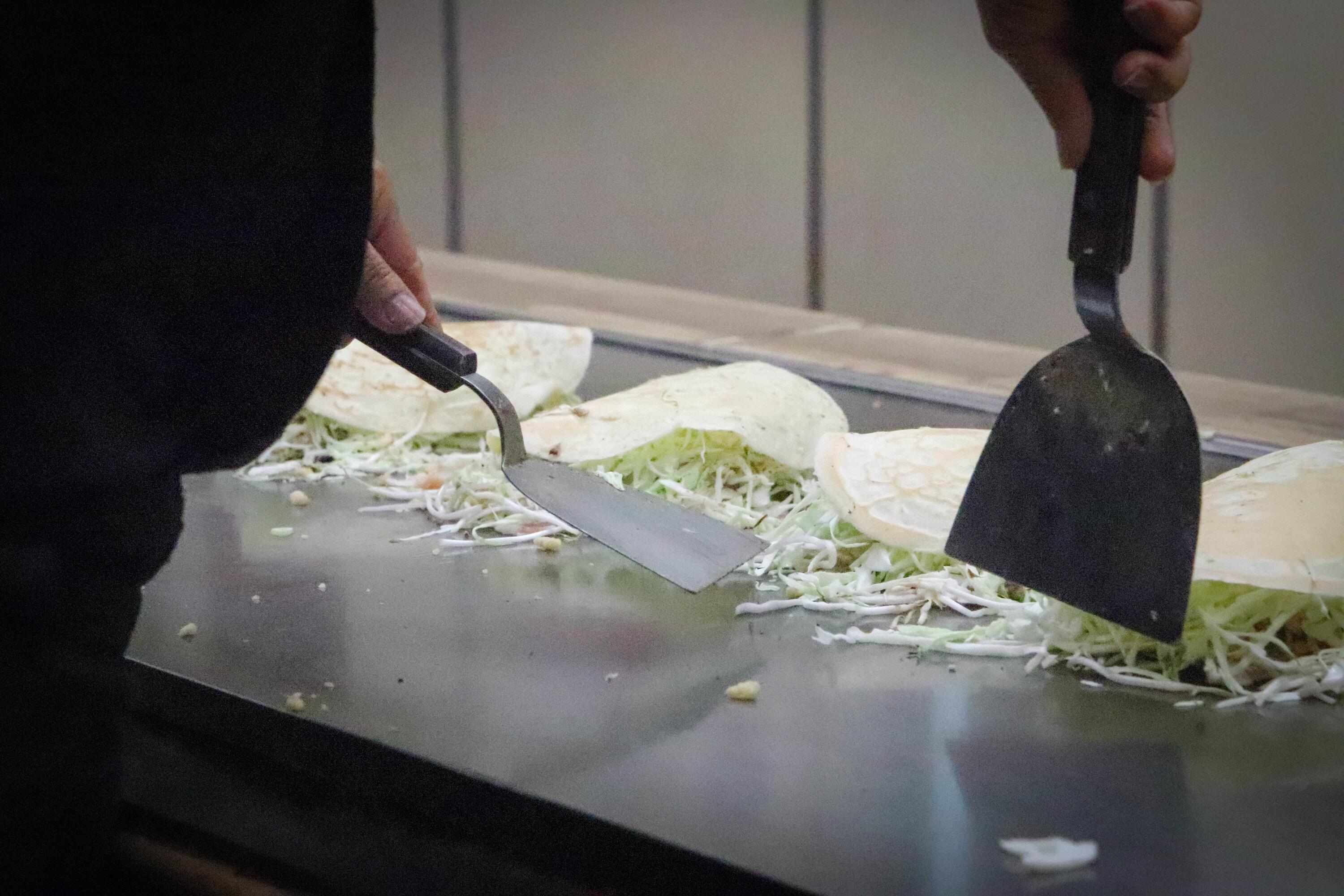
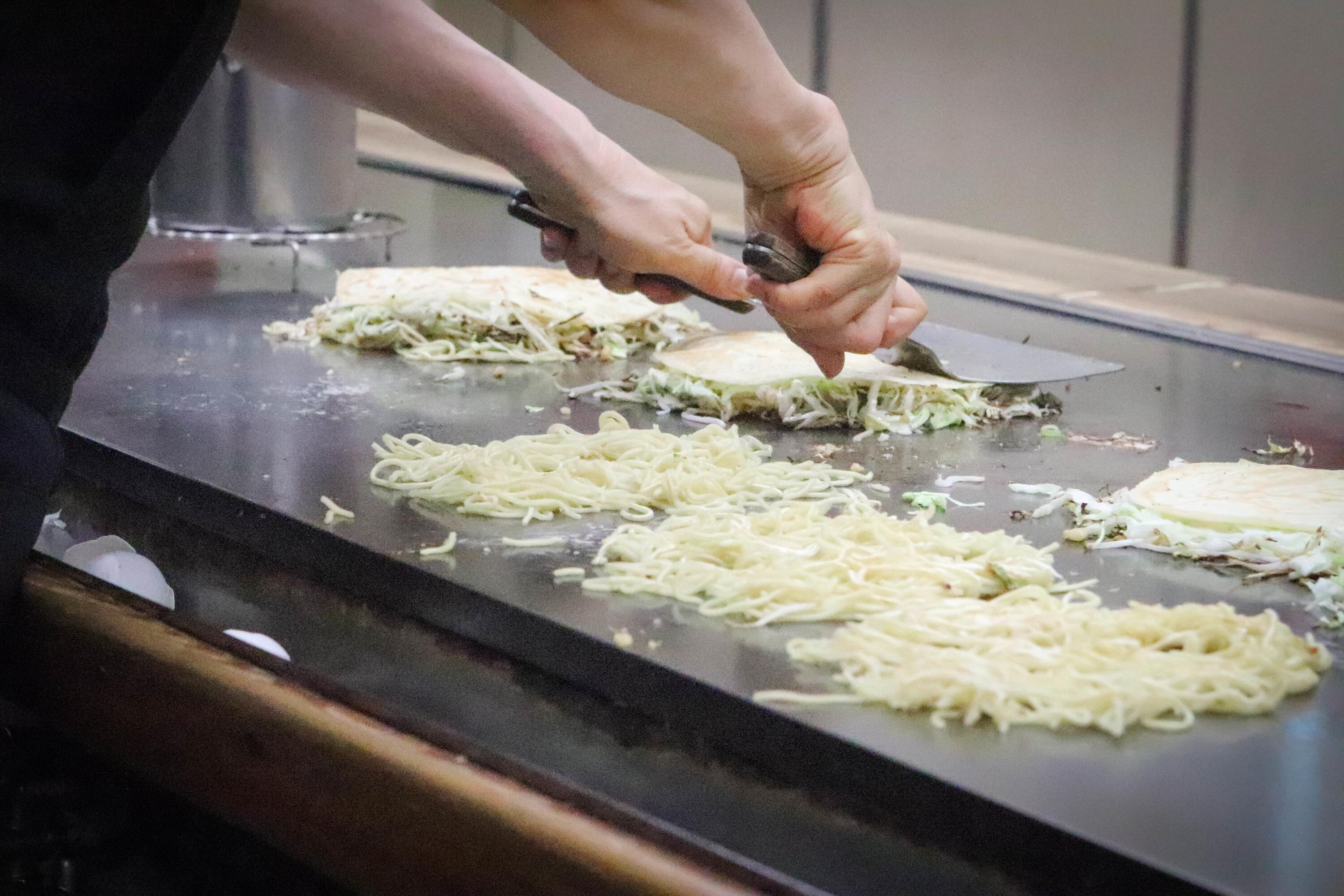


Our final stop was the Peace park.

First we went to an underground cenotaph that listed the names and showed the photos of those people they know to have died. Because the records of who lived in the area were all stored locally, they were destroyed. Exact numbers will never be known. Visitors are encouraged to add names and upload photos to make the list more complete. It seems so sad that there must be so many “unnamed warriors” still unaccounted for.
The main museum is being reinforced to better withstand earthquakes, so the main exhibition has been moved to a side hall. It was absolutely rammed with people. Tomorrow is the 73rd anniversary and a big commemoration is planned.
The first display was a chronological history of the development of nuclear weapons and the reasons for that. It explained the pressure that countries were put under and the race not to be last.
The displays were 4 or 5 people deep and you had to dodge between them to read the English. The benefit of this was that the children didn’t see most of it. We gave them the general impresion without the specific detail.
In the second exhibition, survivors had donated items of clothing that victims had been wearing or possessions they had loved. Each item had a description of how the owner had died. All were filthy, some covered in blood. Most were charred.
A lot of the items were donated by the mothers of children who had died. One explained how she kept going back into the city to try and find her missing child and having to go back to bed every night without having found hem. Very emotional. And of course she would have gone anyway, but no-one had told her that by going into the area worst affected, she would receive a fatal dose of radiation herself.
The most harrowing section was that of photographs taken of injuries. I don’t think the children noticed them fortunately as they were very graphic.
I didn’t expect to be told that survivors were shunned by Japanese society as though they had something that could be infectious. I didn’t realise that the people affected didn’t know why they got ill and died of complications after they had recovered from hideous burns and injuries caused by flying debris.
Our return ferry was approaching so we walked back through the preparations for tomorrow’s commemoration. There must have been 1,000 seats placed under tents and awnings in front of the Cenotaph.
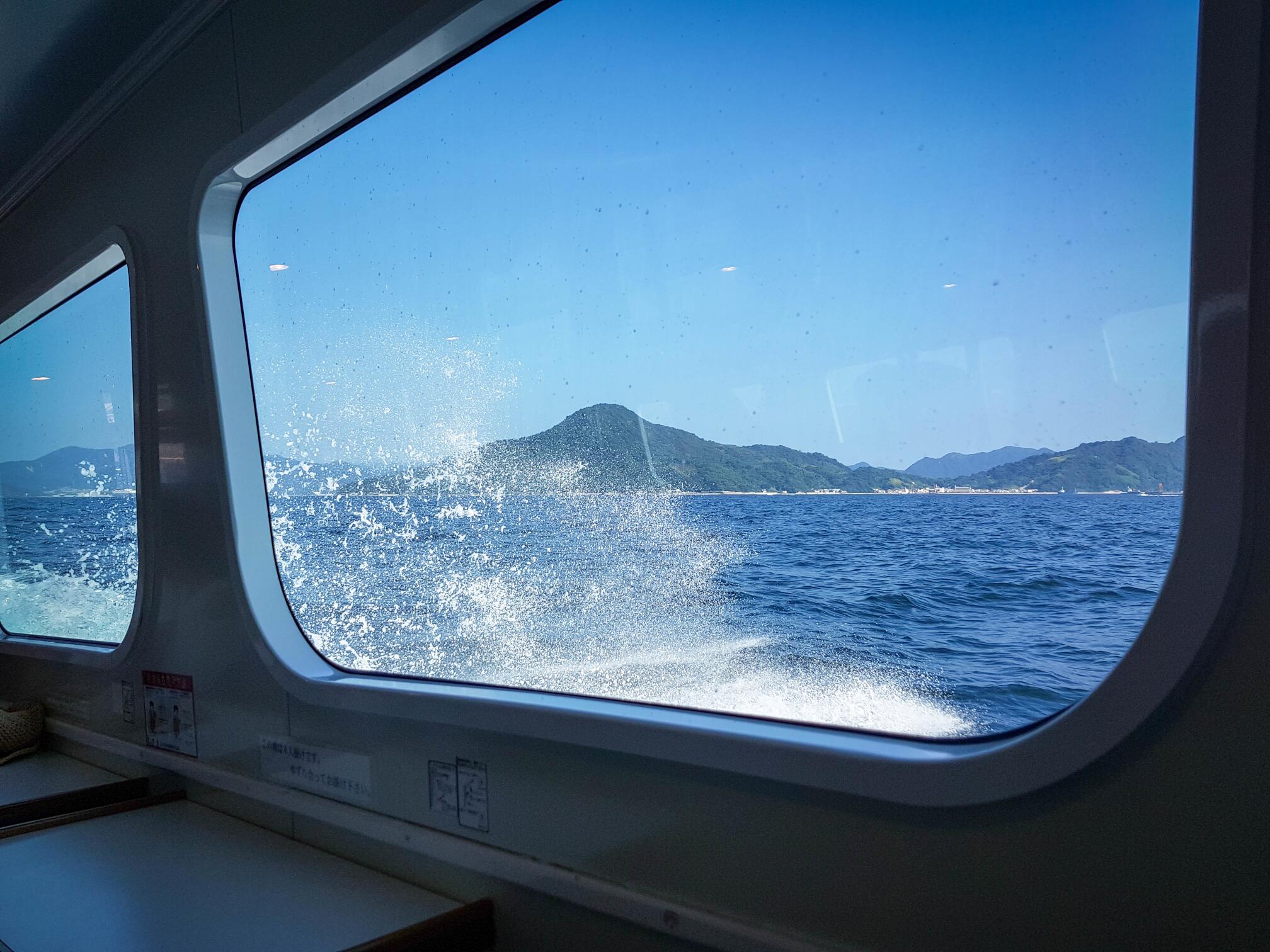
We were all a bit quiet on the way back and the sea was much choppier so cuddles seemed appropriate.



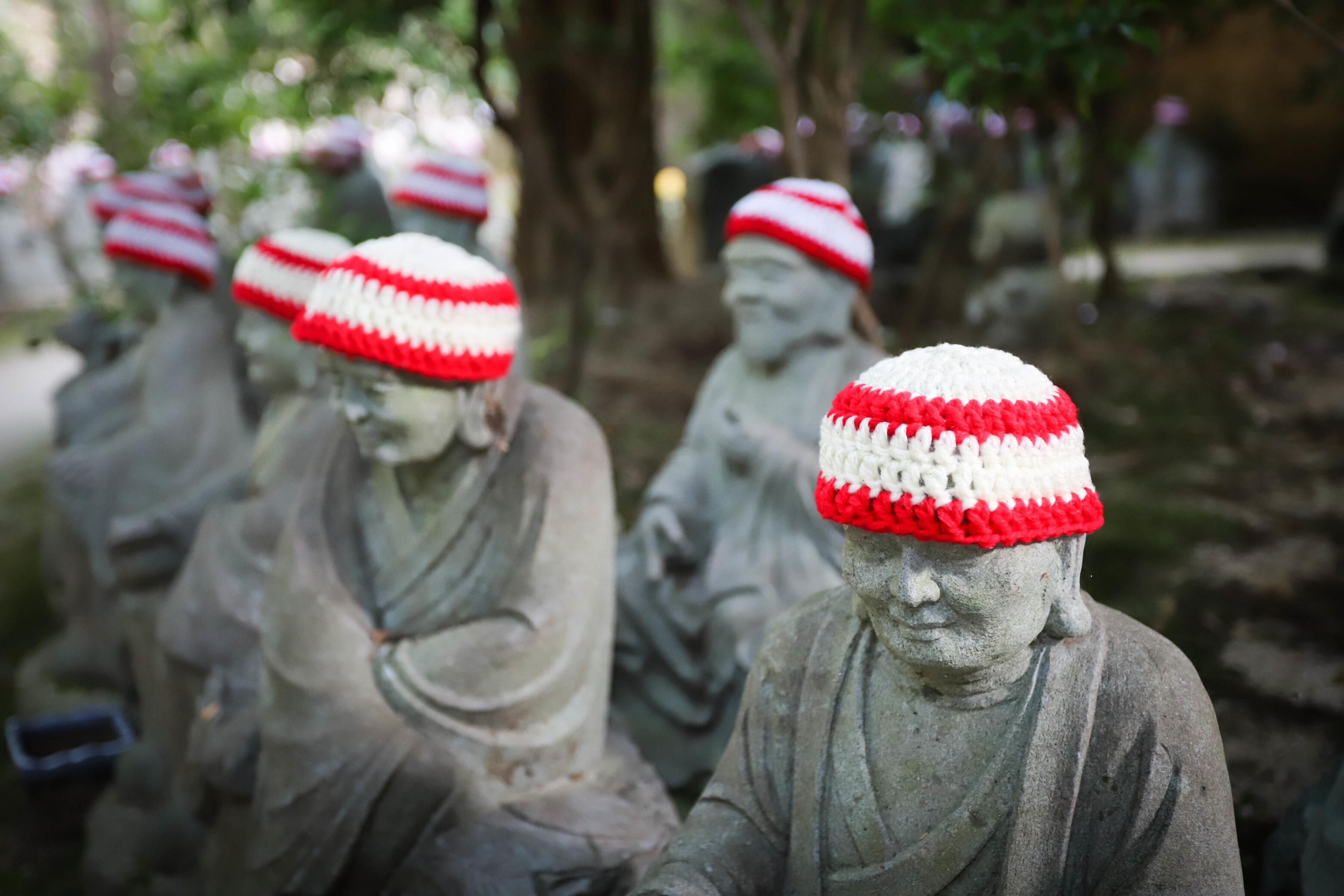
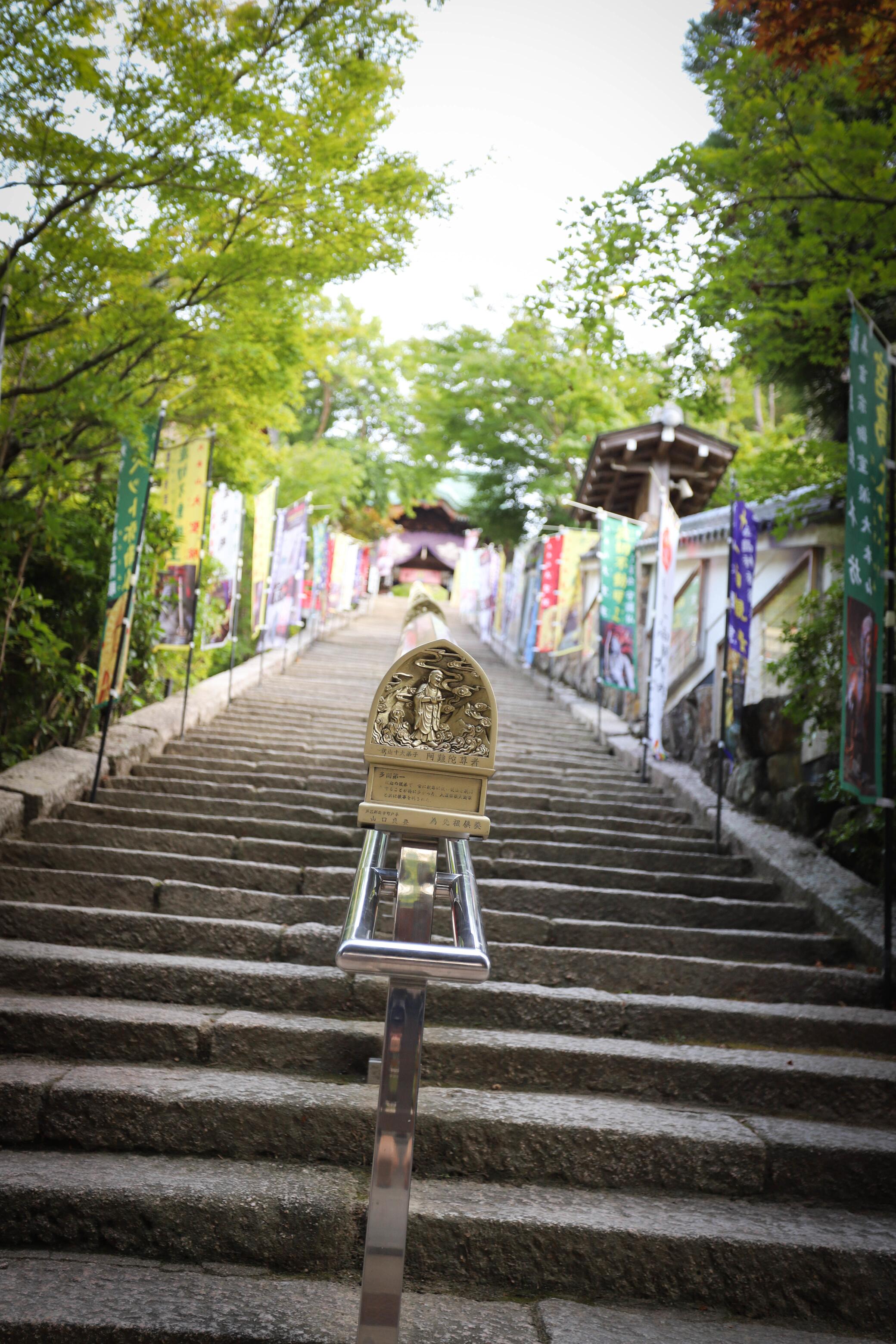

The lovely man collected us from the port and the children went into the Ryokan for their showers. Keith and I walked up to the massive temple right next to our lodgings. It was shut for the night and the staff were tidying and watering the plants. We squeezed in anyway for a look and rang the bell which had a big hammer you could swing back.
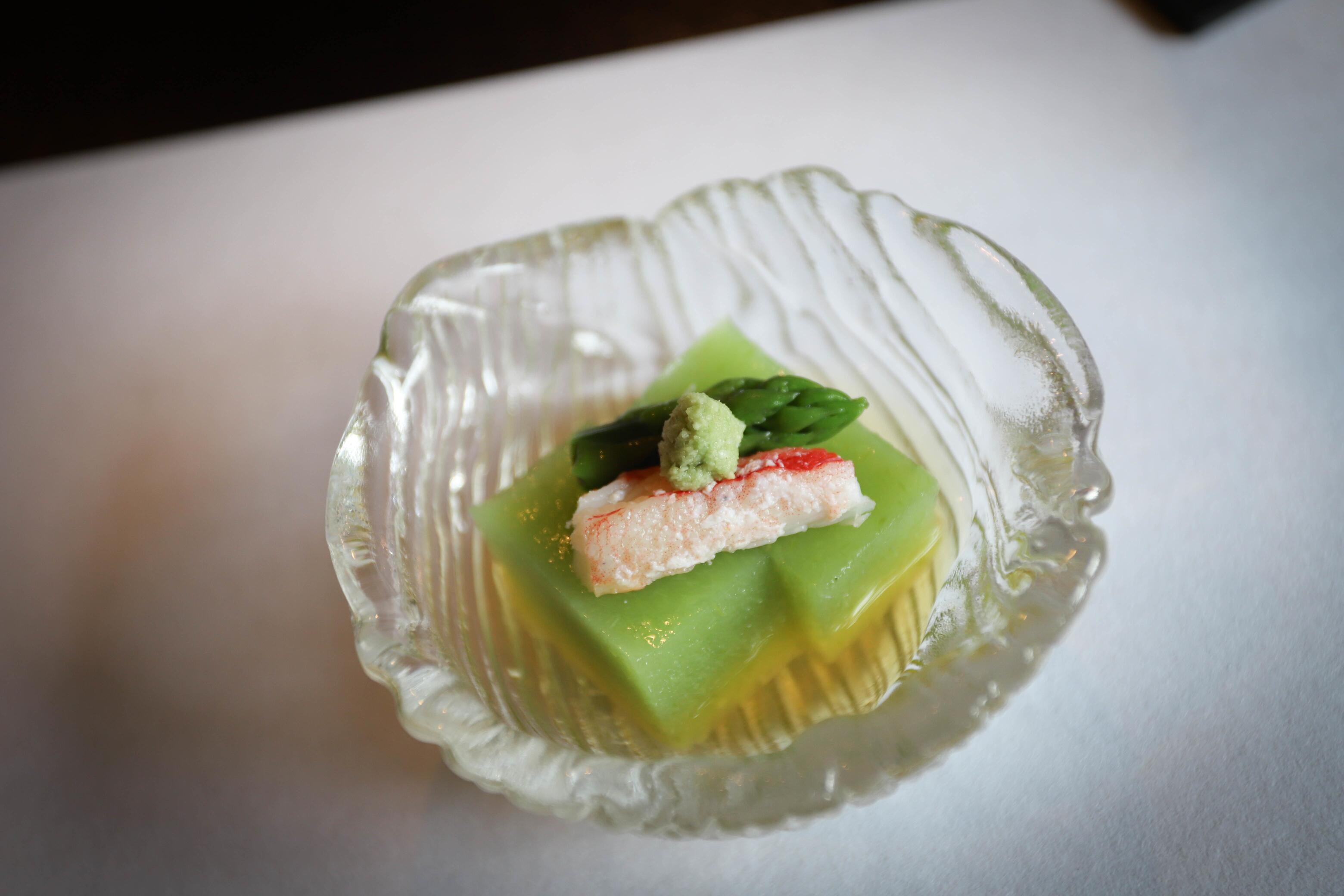

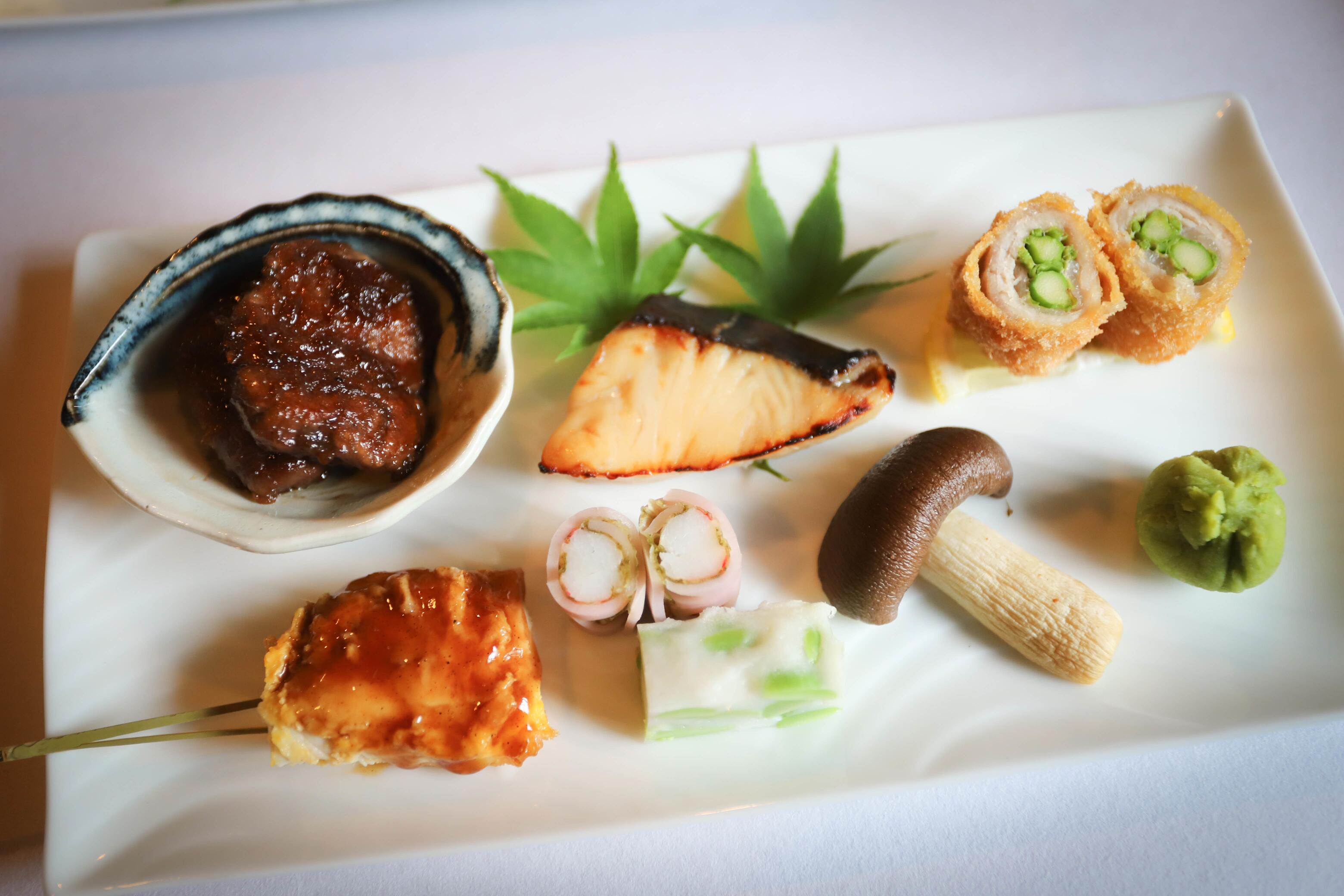





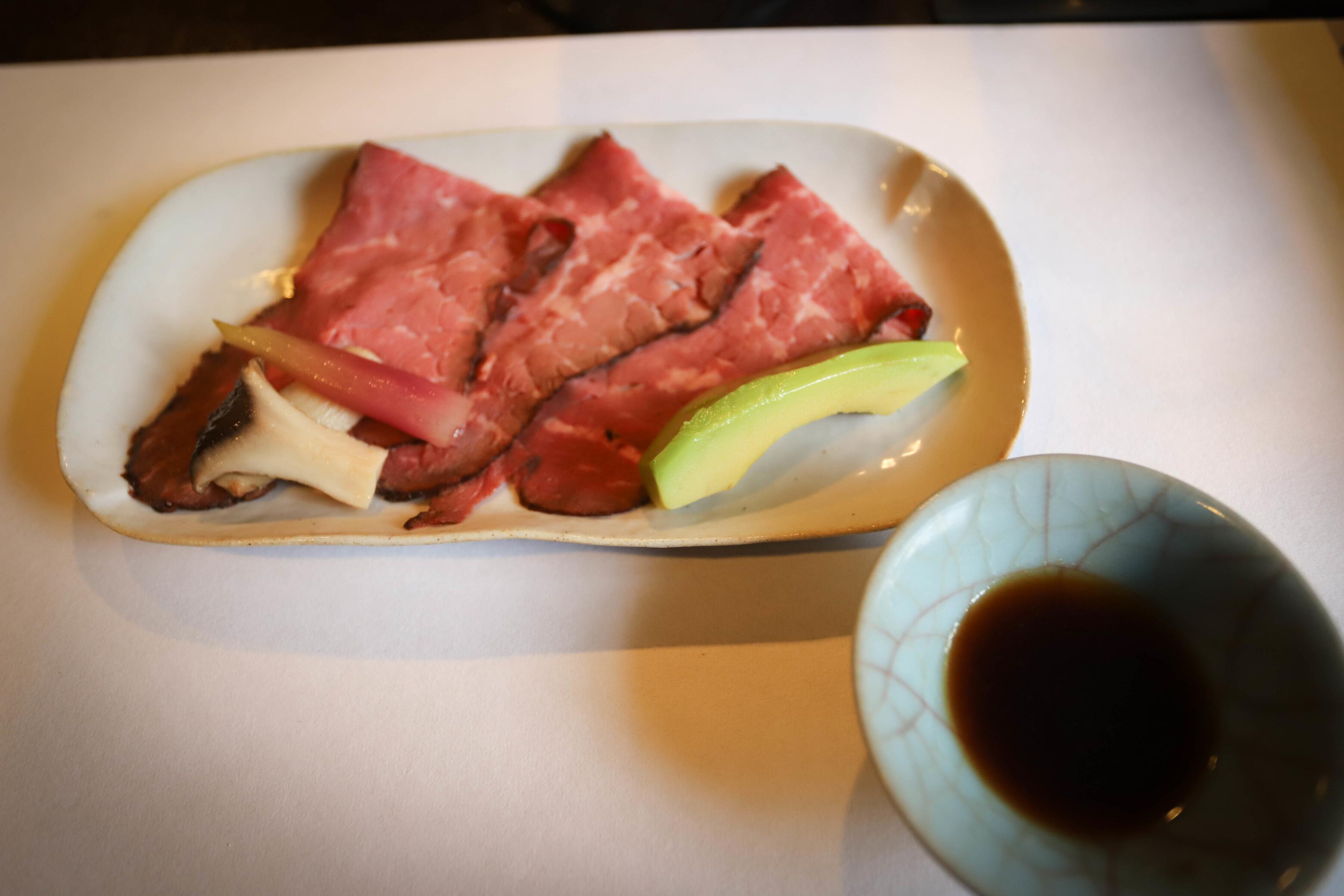
A quick shower before our last Kiseiki supper and then sleeping.
